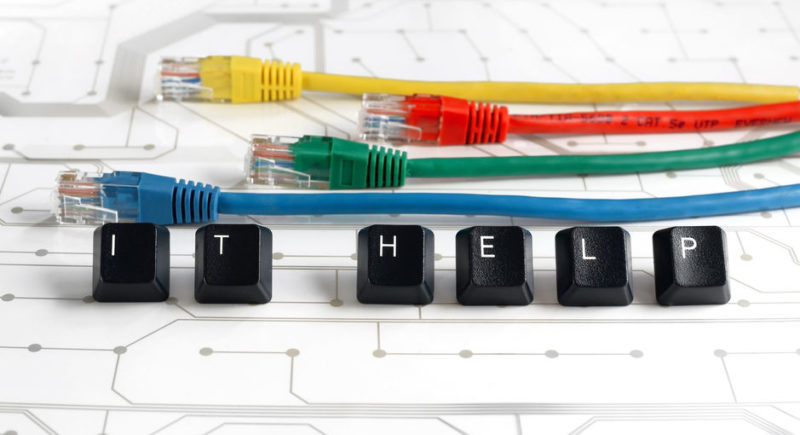We know how tempting it can be to cut corners in business, but cutting corners almost always leads to a problem further down the line when we must face the consequences of not having implemented something correctly the first time around. This same concept applies to your IT. If you cut corners with IT, the consequences to your business can be major. Here are three places where you never want to cut IT costs:
Equipment
You want to set up a wireless network, but you don’t want to spend more than $50. So, you spend that $50 and call it “good.” While this new router may deliver a wireless signal that reaches every employee, you could be making a mistake.
Routers are an ideal example of technology you want to put extra thought and money into. You want equipment that not only makes sense for your business’s network needs but that will also perform reliably and securely. Cheap routers aren’t known for their security features. You want something that will complement the firewalls or security software you have in place.
This same idea applies to all other equipment and software. You don’t want to put your data at risk if you’re buying cheap, potentially faulty equipment. Do research, ask questions and work with an experienced IT company to make sure your equipment is up to snuff.
Growth of Your Business
Whether you’re just getting started or you’ve been in business for a while, you always want to invest in hardware and software that will scale with your business. It’s safe to say that most businesses want to grow, which means adding more customers and more employees. When that’s the plan, scalability becomes a big deal.
Part of it comes back to the first point: cheap equipment isn’t typically designed with scalability in mind. It’s a quick-fix investment. It’s not made for the long haul. Where do you plan on being in five years? What are your growth goals? You need to ask these kinds of questions to determine what type of investment you need to make, whether it’s in billing software, customer service software, workstations or your network infrastructure.
If you don’t think about scalability, you’ll be hit by growing pains as soon as your business starts to increase. You’ll have to reinvest in technology, and as a result, you’ll be spending far more than necessary: once for the first investment (on non-scalable tech) and again for the second investment (to catch up with your growth).
Data Security
Just because your data is locked away in the back room doesn’t mean it’s safe. Small businesses are the biggest targets for cybercriminals because most small businesses skimp on data security, making it easier for cybercriminals to steal data and cause a lot of problems. To make matters worse, if you get hit with a cyber-attack or data breach, it can be incredibly difficult to recover, and many small businesses don’t.
You should invest in a mix of firewalls, malware protection, data encryption, data backups, password managers and, as mentioned at the start of this piece, good equipment that is designed with reliability and security in mind. This feels like (and can be!) an overwhelming amount of security to enable, and as you dive further into the topic of data security, you’re likely to have more questions. It is very hard to run a business and try to be a data security expert at the same time, so consider pairing up with an experienced IT company that specializes in security.
Whether you hire outside IT assistance or you invest in your in-house IT support, remember not to take shortcuts and reevaluate your plan at least once a year to determine the best level of security for your business.
Questions? Or maybe you’re not sure where to begin? Contact Kent Gerhart at 215-723-4881 x131 to arrange for your free Technology Review today.

